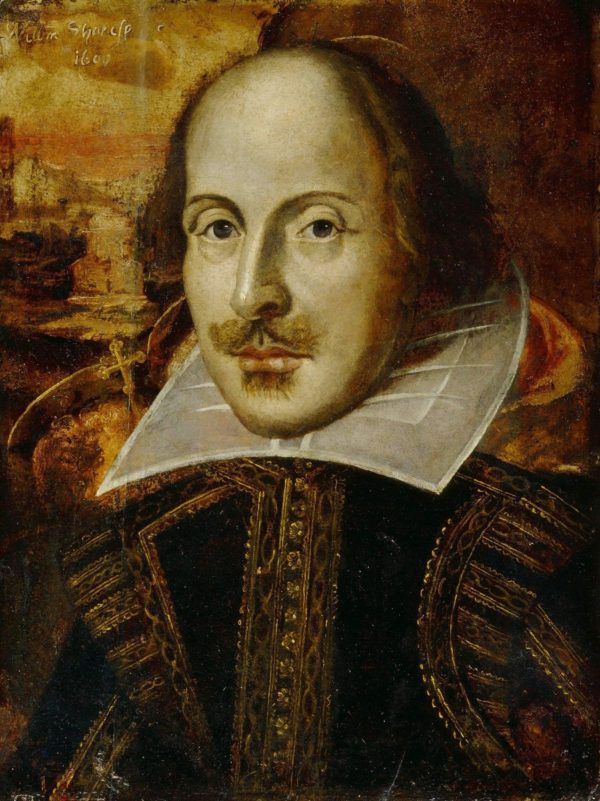Take the Original Tour of London passing the many places of interest such as Big Ben, Houses of Parliament, Buckingham Palace and St.Paul’s Cathedral. Entrances can be included at any of the major attractions such as the Tower of London, Madame Tussauds, British Airways London Eye, or a River cruise on the Thames.
London
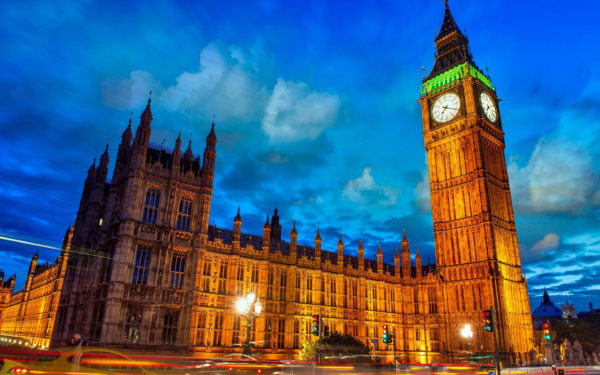
Big Ben is the nickname for the Great Bell of the clock at the north end of the Palace of Westminster in London and is usually extended to refer to both the clock and the clock tower as well. The tower is officially known as Elizabeth Tower, renamed to celebrate the Diamond Jubilee of Elizabeth II in 2012; previously, it was known simply as the Clock Tower.
When completed in 1859, it was, says clockmaker Ian Westworth, “the prince of timekeepers: the biggest, most accurate four-faced striking and chiming clock in the world.” The tower had its 150th anniversary on 31 May 2009, during which celebratory events took place.

The Palace of Westminster is the meeting place of the House of Commons and the House of Lords, the two houses of the Parliament of the United Kingdom. Commonly known as the Houses of Parliament after its occupants, the Palace lies on the north bank of the River Thames in the City of Westminster, in central London
An expert ‘Blue Badge’ guide accompanies you throughout this 90 minute tour through the House of Lords and House of Commons.
Tour highlights include: Westminster Hall, Norman Porch, Queen’s Robing Room, Royal Gallery, Prince’s Chamber, Lords Chamber, Moses Room, Central Lobby, Members’ Lobby, Aye Lobby, Commons Chamber, St Stephen’s Hall

One of the world’s most famous addresses, Buckingham Palace is the official London residence of the Queen of England and an item on many lists of London must-sees. The palace is a popular viewing stop on walking and biking tours through the city, located at the heart of St James Park and a pleasant stroll from attractions such as Westminster Cathedral and Big Ben.
The best time to visit Buckingham Palace is during the legendary Changing of the Guard ceremony, when the Royal Guards change shifts. The elaborate 45-minute tradition sees the red-suited guards, equipped with their iconic bearskin hats and accompanied by a marching band, march through Wellington Barracks to the palace. Otherwise, most visitors gaze through the gates at the facade and balcony from which Charles and Diana waved when they married all those years ago and where William and Kate famously shared two kisses.
Buckingham Palace is open to visitors from July 22 to October 1.

St Paul’s Cathedral, London, is an Anglican cathedral, the seat of the Bishop of London and the mother church of the Diocese of London. It sits on Ludgate Hill at the highest point of the City of London and is a Grade 1 listed building. Its dedication to Paul the Apostle dates back to the original church on this site, founded in AD 604. The present church, dating from the late 17th century, was designed in the English Baroque style by Sir Christopher Wren. Its construction, completed in Wren’s lifetime, was part of a major rebuilding programme in the City after the Great Fire of London.
The cathedral is one of the most famous and most recognisable sights of London. Its dome, framed by the spires of Wren’s City churches, dominated the skyline for 300 years. At 365 feet (111 m) high, it was the tallest building in London from 1710 to 1967. The dome is among the highest in the world. St Paul’s is the second-largest church building in area in the United Kingdom after Liverpool Cathedral.
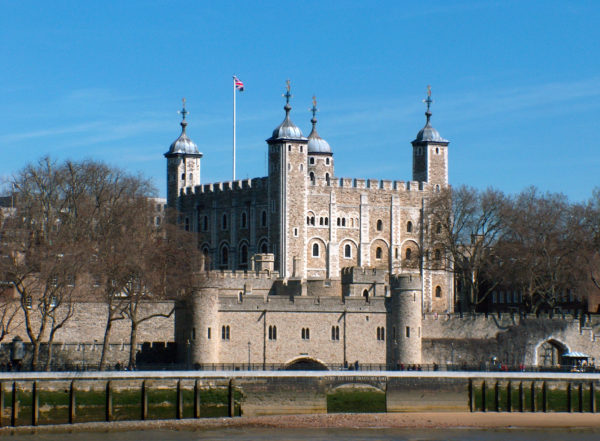
The Tower of London, officially Her Majesty’s Royal Palace and Fortress of the Tower of London, is a historic castle located on the north bank of the River Thames in central London. It lies within the London Borough of Tower Hamlets, separated from the eastern edge of the square mile of the City of London by the open space known as Tower Hill.
Enjoy the spectacular display of the Crown Jewels, revealing these priceless treasures like never before. The Crown Jewels, part of the Royal Collection and still regularly used by The Queen, include some of the most extraordinary diamonds in the world.
A Yeoman Warder tour is one of the most popular attractions for visitors to the Tower. The ‘Beefeaters’, as they are nicknamed, have long been symbols of London and Britain. It is thought their nickname is derived from their position in the Royal Bodyguard, which permitted them to eat as much beef as they wanted from the king’s table.

Madame Tussauds is a wax museum in London with smaller museums in a number of other major cities. It was founded by wax sculptor Marie Tussaud. Madame Tussauds is a major tourist attraction in London, displaying waxworks of famous people.
Rub shoulders with the stars at one of London’s favourite attractions.

The London Eye is a giant Ferris wheel on the South Bank of the River Thames in London. Also known as the Millennium Wheel, it has also been called by its owners the British Airways London Eye, the Merlin Entertainments London Eye, the EDF Energy London Eye and, as of mid-January 2015, the Coca-Cola London Eye.
The structure is 443 feet (135 m) tall and the wheel has a diameter of 394 feet (120 m). When erected in 1999 it was the world’s tallest Ferris wheel. Its height was surpassed by the 520 feet (158 m) tall Star of Nanchang in 2006, the 541 feet (165 m) tall Singapore Flyer in 2008, and the 550 feet (168 m) High Roller (Las Vegas) in 2014. Supported by an A-frame on one side only, unlike the taller Nanchang and Singapore wheels, the Eye is described by its operators as “the world’s tallest cantilevered observation wheel”
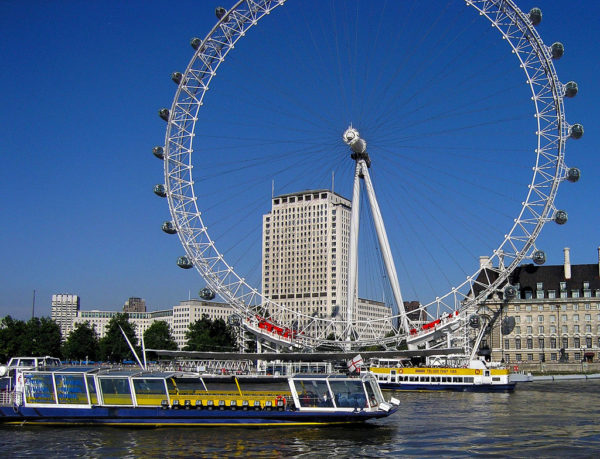
Escape the crowds and discover London from the river Thames on a relaxing river cruise. There are a variety of river tours available to suit all tastes, including sightseeing trips with commentaries, themed cruises and dining experiences.
As a school group, we can choose the best, most affordable experience for you.
- + Big Ben
-

Big Ben is the nickname for the Great Bell of the clock at the north end of the Palace of Westminster in London and is usually extended to refer to both the clock and the clock tower as well. The tower is officially known as Elizabeth Tower, renamed to celebrate the Diamond Jubilee of Elizabeth II in 2012; previously, it was known simply as the Clock Tower.
When completed in 1859, it was, says clockmaker Ian Westworth, “the prince of timekeepers: the biggest, most accurate four-faced striking and chiming clock in the world.” The tower had its 150th anniversary on 31 May 2009, during which celebratory events took place.
- + Palace of Westminster
-

The Palace of Westminster is the meeting place of the House of Commons and the House of Lords, the two houses of the Parliament of the United Kingdom. Commonly known as the Houses of Parliament after its occupants, the Palace lies on the north bank of the River Thames in the City of Westminster, in central London
An expert ‘Blue Badge’ guide accompanies you throughout this 90 minute tour through the House of Lords and House of Commons.
Tour highlights include: Westminster Hall, Norman Porch, Queen’s Robing Room, Royal Gallery, Prince’s Chamber, Lords Chamber, Moses Room, Central Lobby, Members’ Lobby, Aye Lobby, Commons Chamber, St Stephen’s Hall
- + Buckingham Palace
-

One of the world’s most famous addresses, Buckingham Palace is the official London residence of the Queen of England and an item on many lists of London must-sees. The palace is a popular viewing stop on walking and biking tours through the city, located at the heart of St James Park and a pleasant stroll from attractions such as Westminster Cathedral and Big Ben.
The best time to visit Buckingham Palace is during the legendary Changing of the Guard ceremony, when the Royal Guards change shifts. The elaborate 45-minute tradition sees the red-suited guards, equipped with their iconic bearskin hats and accompanied by a marching band, march through Wellington Barracks to the palace. Otherwise, most visitors gaze through the gates at the facade and balcony from which Charles and Diana waved when they married all those years ago and where William and Kate famously shared two kisses.
Buckingham Palace is open to visitors from July 22 to October 1.
- + St.Paul’s Cathedral
-

St Paul’s Cathedral, London, is an Anglican cathedral, the seat of the Bishop of London and the mother church of the Diocese of London. It sits on Ludgate Hill at the highest point of the City of London and is a Grade 1 listed building. Its dedication to Paul the Apostle dates back to the original church on this site, founded in AD 604. The present church, dating from the late 17th century, was designed in the English Baroque style by Sir Christopher Wren. Its construction, completed in Wren’s lifetime, was part of a major rebuilding programme in the City after the Great Fire of London.
The cathedral is one of the most famous and most recognisable sights of London. Its dome, framed by the spires of Wren’s City churches, dominated the skyline for 300 years. At 365 feet (111 m) high, it was the tallest building in London from 1710 to 1967. The dome is among the highest in the world. St Paul’s is the second-largest church building in area in the United Kingdom after Liverpool Cathedral.
- + Tower of London
-

The Tower of London, officially Her Majesty’s Royal Palace and Fortress of the Tower of London, is a historic castle located on the north bank of the River Thames in central London. It lies within the London Borough of Tower Hamlets, separated from the eastern edge of the square mile of the City of London by the open space known as Tower Hill.
Enjoy the spectacular display of the Crown Jewels, revealing these priceless treasures like never before. The Crown Jewels, part of the Royal Collection and still regularly used by The Queen, include some of the most extraordinary diamonds in the world.
A Yeoman Warder tour is one of the most popular attractions for visitors to the Tower. The ‘Beefeaters’, as they are nicknamed, have long been symbols of London and Britain. It is thought their nickname is derived from their position in the Royal Bodyguard, which permitted them to eat as much beef as they wanted from the king’s table.
- + Madame Tussauds
-

Madame Tussauds is a wax museum in London with smaller museums in a number of other major cities. It was founded by wax sculptor Marie Tussaud. Madame Tussauds is a major tourist attraction in London, displaying waxworks of famous people.
Rub shoulders with the stars at one of London’s favourite attractions.
- + London Eye
-

The London Eye is a giant Ferris wheel on the South Bank of the River Thames in London. Also known as the Millennium Wheel, it has also been called by its owners the British Airways London Eye, the Merlin Entertainments London Eye, the EDF Energy London Eye and, as of mid-January 2015, the Coca-Cola London Eye.
The structure is 443 feet (135 m) tall and the wheel has a diameter of 394 feet (120 m). When erected in 1999 it was the world’s tallest Ferris wheel. Its height was surpassed by the 520 feet (158 m) tall Star of Nanchang in 2006, the 541 feet (165 m) tall Singapore Flyer in 2008, and the 550 feet (168 m) High Roller (Las Vegas) in 2014. Supported by an A-frame on one side only, unlike the taller Nanchang and Singapore wheels, the Eye is described by its operators as “the world’s tallest cantilevered observation wheel”
- + River Cruise
-

Escape the crowds and discover London from the river Thames on a relaxing river cruise. There are a variety of river tours available to suit all tastes, including sightseeing trips with commentaries, themed cruises and dining experiences.
As a school group, we can choose the best, most affordable experience for you.
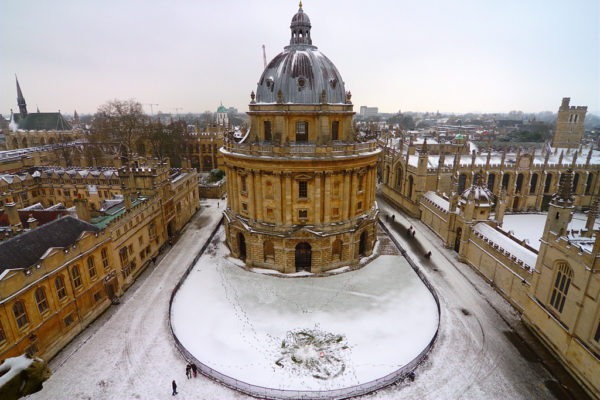
OXFORD - CITY OF DREAMING SPIRES
The county of Oxfordshire has breathtaking scenery from the Chilterns to the Cotswolds with its historic towns and villages and an array of stately homes and other attractions. Oxford Story – An excellent introduction to 900 years of university history.
Oxford is England’s oldest university dating back to the 11th century; see its magnificent spires, cloistered colleges, secluded gardens and renowned libraries. See the spot where Bloody Mary, Queen of England in the 16th century burnt the Protestant martyrs at the stake, including Archbishop Thomas Cranmer.
Houses of Shakespeare
- Discover facts about Shakespeare’s life and times Church (Shakespeare’s grave)
- Explore Shakespeare’s school days
- Discuss the nature of play going today and in Shakespeare’s London
- See images of Shakespeare’s plays in performance
- Consider Shakespeare’s plays in the world’s literary heritage
- Compete in a Shakespearian Quiz (based on the talk)
- Visit Shakespeare’s Birthplace and the ‘Life. Love and Legacy’ exhibition
While at the Houses of Shakespeare, you will attend a two day program:
Day One
- Introduction to The Shakespeare Centre
- Brush Up Your Shakespeare talk
- Talk & practical workshop on a play
- Visit to Shakespeare’s Birthplace
- Performance of an RSC Play
Day Two
- Post-performance discussion on the play shown the previous evening
- Shakespeare and Language talk
- Visit Mary Arden’s Farm (a living history farm)
- Wigs and Makeup Session (1 hour) and visits to Nash’s House and The Holy Trinity Church (Shakespeare’s grave)
